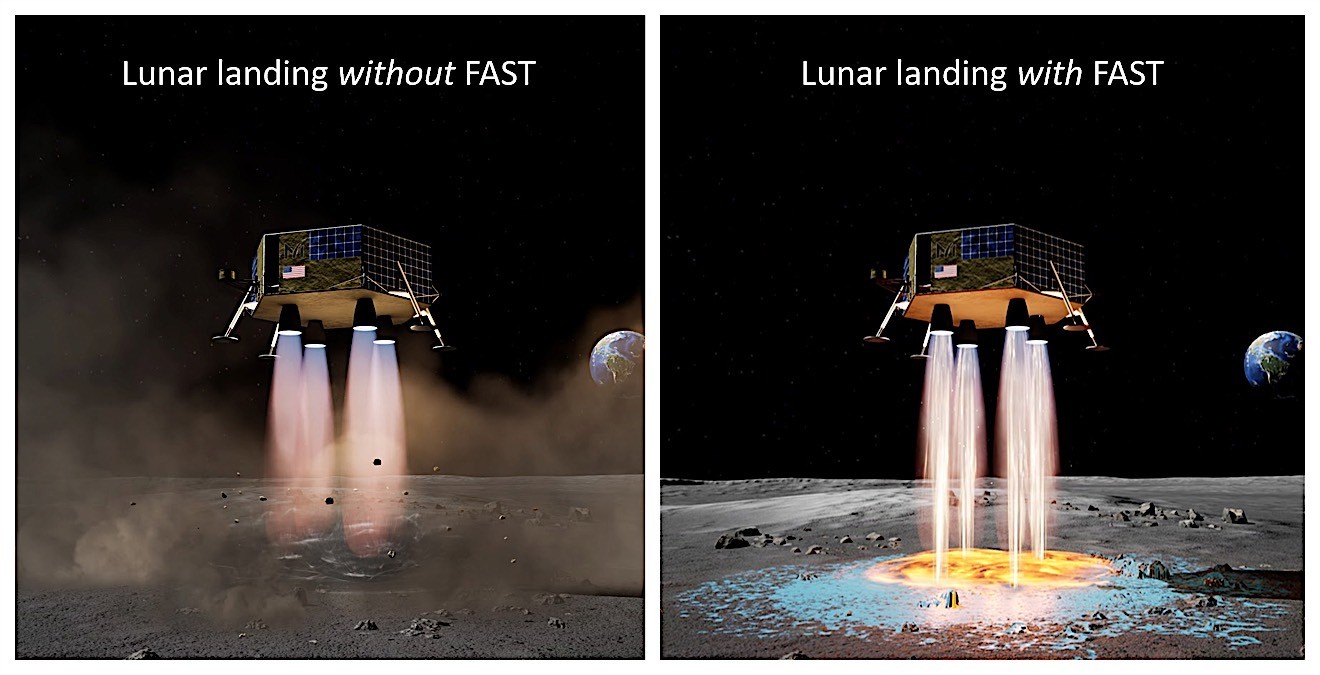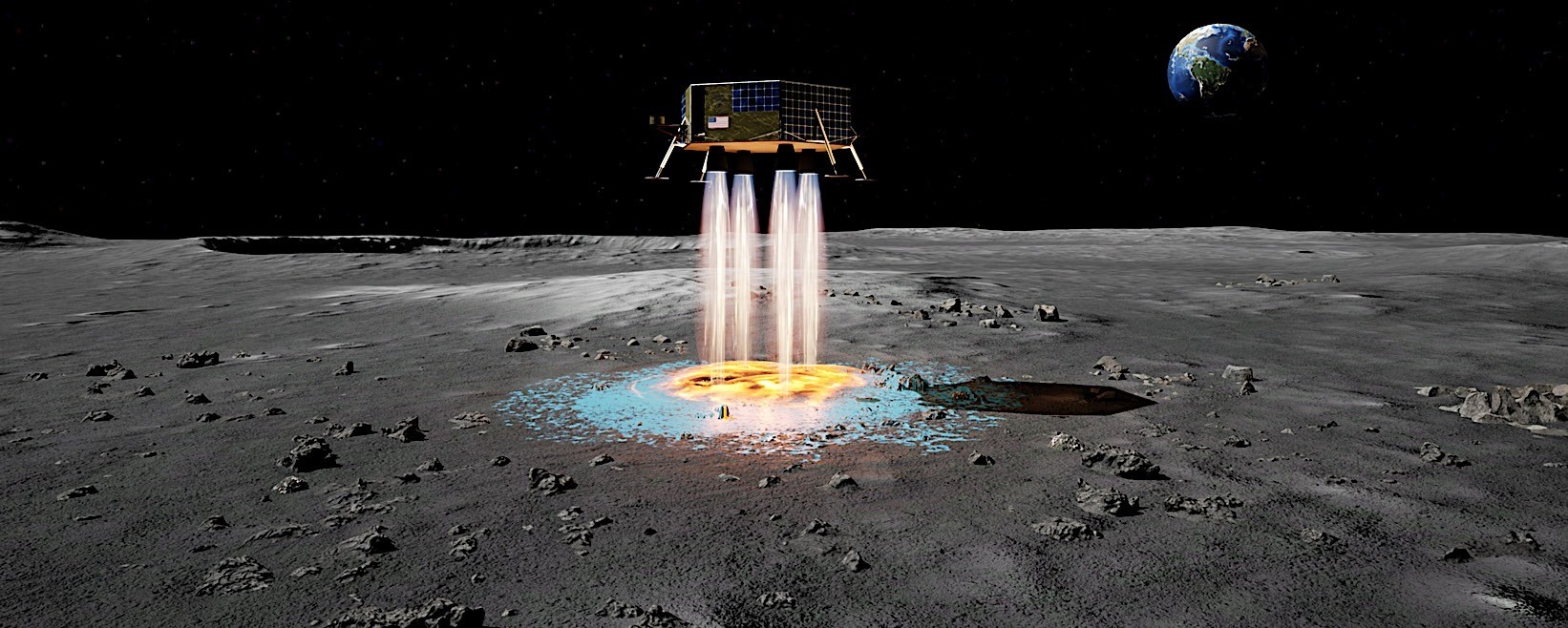While the Apollo missions captured our imaginations with humanity’s first steps on the Moon, building a lasting lunar presence presents a fresh wave of complexities.
One often underestimated hurdle is lunar dust. This isn’t your average household dust bunny; it’s a gritty, abrasive powder with an unwelcome tendency to cling stubbornly to anything it touches.
The Apollo astronauts, braving the lunar surface for brief periods, encountered this nuisance firsthand.
However, the Artemis program faces a steeper challenge. This long-term endeavor necessitates a new generation of powerful spaceships to ferry humans and supplies for an extended lunar stay.
Here’s the rub: these very vessels, essential for our return, pose a significant threat to the delicate lunar environment.

The Moon, unlike Earth, has a near-vacuum atmosphere and a weak gravitational pull. This means dust stirred up by the landing and take-off of these spaceships will linger for extended periods, potentially causing havoc on the lunar landers’ sensitive instruments and machinery.
The dust’s abrasive nature could also lead to malfunctions and pose health risks to astronauts venturing outside.
Effectively mitigating this lunar dust problem becomes an essential element for a successful Artemis program, ensuring the longevity of our lunar outposts and the safety of future moon explorers.
Touching down on celestial bodies without atmospheres, like the Moon, comes with a dusty obstacle.
Rocket blasts stir up the powdery lunar soil, called regolith, which can damage spacecraft and obscure instruments.
To combat this, private companies are developing creative solutions, like utilizing the rocket’s heat to melt the regolith into a makeshift landing pad or solidifying the surface with particles shot from the engine exhaust.
These efforts are promising, but there’s another avenue worth exploring: fostering innovation through student competitions.
As NASA’s Artemis program sets its sights on returning humans to the Moon, conquering the challenge of lunar dust is paramount.
This ultra-fine, abrasive dust can wreak havoc on equipment and hinder visibility during lunar landings.
To combat this obstacle, a recent competition saw several university teams rise to the challenge with innovative solutions.
Hailing from Embry-Riddle Aeronautical University, University of Colorado Boulder, and University of Illinois Urbana-Champaign, these teams presented diverse approaches, each offering a look into the future of lunar dust mitigation strategies.

